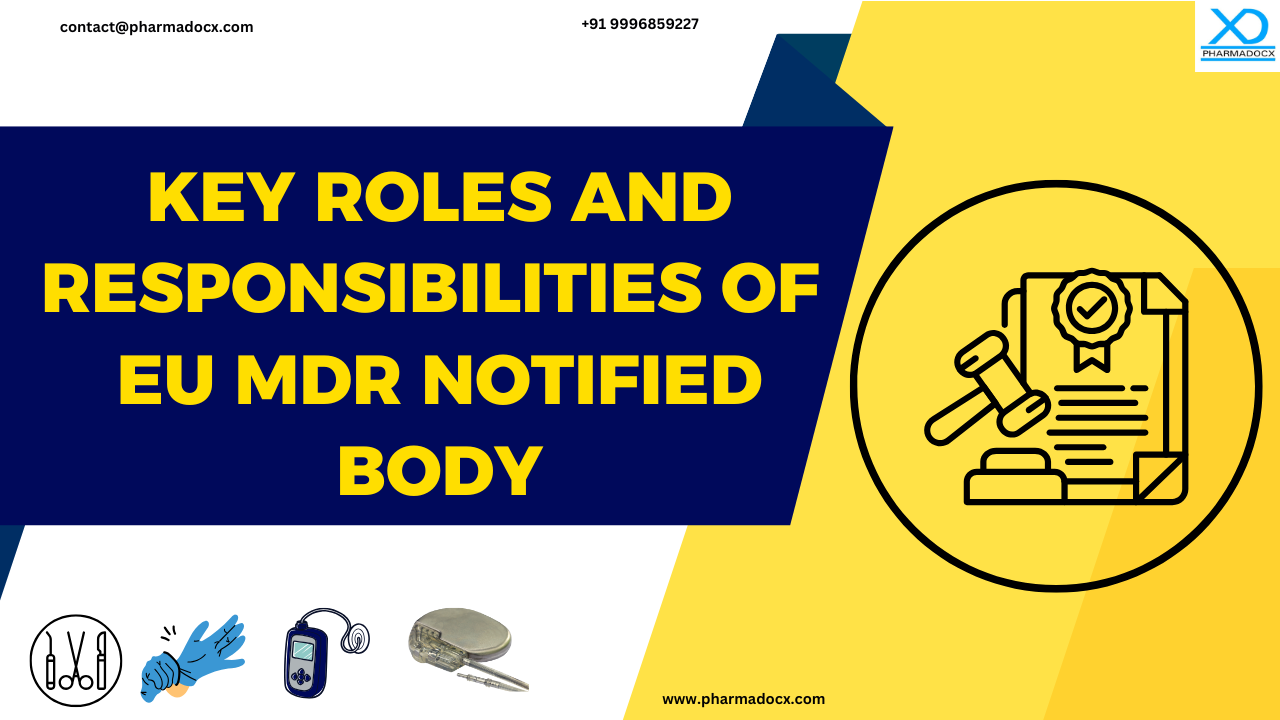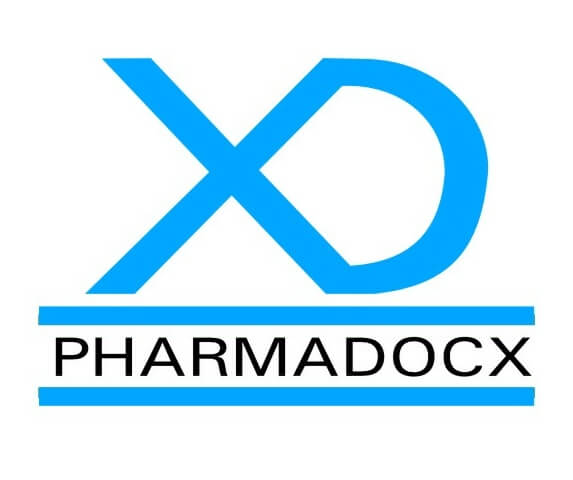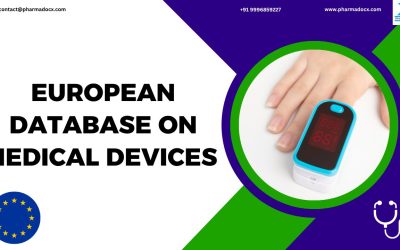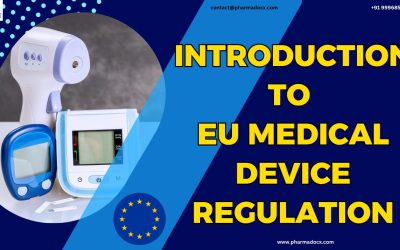An EU MDR notified body is an independent organization designated by an EU Member State. Notified Bodies play a central role in EU MDR compliance. They independently assess whether medium- and high-risk medical devices meet EU MDR requirements before they can be marketed in EU. Their core responsibilities include conducting conformity assessments, auditing manufacturers’ QMS, reviewing technical documentation and clinical evaluations, and performing product testing. Additionally, they issue CE certificates and oversee post-market surveillance activities. Notified Bodies also conduct unannounced audits and assess significant changes to devices or processes. Moreover, they collaborate with competent authorities to ensure continuous compliance and patient safety throughout the device lifecycle. In this blog, we have discussed the roles and responsibilities of notified bodies under EU MDR.
EU Medical Device Regulation (MDR) is a comprehensive legal framework for ensuring the safety, performance, and regulatory oversight of medical devices placed in the EU market. It replaces the older Medical Device Directive (MDD). EU MDR applies to all medical devices intended for human use, including implantable devices and certain aesthetic products with similar risk profiles. MDR was introduced to improve transparency, traceability, and safety of medical devices across the EU. Medical device manufacturers must work with a designated EU MDR notified body for conformity assessment. Notified Bodies are essential under the EU MDR. This is because they serve as independent gatekeepers that ensure only safe, effective, and compliant medical devices reach the European market.
What is an EU MDR notified body?
An EU MDR notified body is a third-party conformity assessment organization authorized by an EU member state. It is listed in the New Approach Notified and Designated Organisations (NANDO) database. Under the EU MDR, notified bodies are responsible for evaluating whether medium- and high-risk medical devices comply with the regulation’s safety, performance, and quality requirements before they can bear the CE mark and be placed in the EU market.
Hence, an EU MDR notified body acts as a gatekeeper for device safety and performance in the EU. Assessments performed by notified bodies ensure patient protection and market integrity.
Do all device classes require a notified body?
Not all device classes need a notified body. Their requirement depends on the device classification.
- Class I (non-sterile, non-measuring) devices: Class I non-sterile, non-measuring devices do not require a notified body. Examples: Bandages, reading glasses
- Class I (sterile/measuring), IIa, IIb, and III devices: Class I sterile/measuring, IIa, IIb, and III devices require a notified body. Examples: Surgical instruments, infusion pumps, pacemakers
How are notified bodies designated?
To become a notified body under EU MDR, an organization must:
- Meet strict criteria for independence, impartiality, competence, and resources.
- Be designated by a national authority (e.g., Germany’s ZLG, France’s ANSM).
- Undergo joint assessments by the European Commission and other Member States.
- Be listed in the NANDO database with their scope of designation.
Key roles and responsibilities of EU MDR notified bodies
An EU MDR notified body is responsible for conducting independent conformity assessments of medium- and higher-risk medical devices. They aim to ensure the medical devices meet EU MDR regulatory requirements before being placed on the EU market. We have provided a comprehensive breakdown of the roles and responsibilities of notified bodies under EU MDR:
- Conformity assessment: A notified body has to evaluate whether a device meets the General Safety and Performance Requirements(GSPR).Apply the appropriate conformity assessment procedure based on device classification. Additionally, it has to review the technical documentation, including design, intended use, risk management, and clinical evaluation.
- Quality management system (QMS) audits: A notified body has to audit the manufacturer’s QMS to ensure it supports MDR compliance. Verify processes for design control, production, post-market surveillance, and CAPA. Additionally, it has to conduct initial, surveillance, and renewal audits.
- Clinical evaluation scrutiny: Assess the manufacturer’s Clinical Evaluation Report (CER) and supporting clinical data. Ensure the device’s safety and performance are backed by sufficient clinical evidence. For Class III and implantable devices, perform scientific scrutiny of clinical data.
- Product verification and testing: The notified body may conduct or witness type testing, batch verification, or sample checks. Confirm that the product consistently meets specifications and safety standards.
- Unannounced audits: The EU MDR notified body may perform surprise inspections at manufacturing or critical subcontractor sites. Check for ongoing compliance and detect any deviations or non-conformities.
- Issuance of CE certificates: They also Grant EU MDR Certificates of Conformity for compliant devices. Maintain and update certificates based on surveillance audits and significant changes.
- Post-market surveillance oversight: Review manufacturer’s Post-Market Surveillance (PMS) and Periodic Safety Update Reports (PSUR). Monitor vigilance reports and field safety corrective actions.
- Change management: Assess and approve significant changes to the device, QMS, or intended use. Ensure continued compliance after modifications.
- Transparency and reporting: Submit annual reports to the designating authority. Cooperate with competent authorities and share relevant findings.
- Technical documentation review: Notified bodies evaluate the manufacturer’s technical file to ensure it meets the General Safety and Performance Requirements (GSPR).
Why are notified bodies important? 5 key reasons
- Safeguard patient safety and public health: Notified bodies rigorously assess whether a device meets the General Safety and Performance Requirements (GSPR) of the EU MDR. This includes evaluating clinical evidence, risk management, and manufacturing controls to ensure that devices are safe for use and perform as intended.
- CE Marking and market access: For most medium- to high-risk devices (Class I(sterile/measuring), IIa, IIb, III), a notified body’s approval is mandatory to obtain a CE Certificate of Conformity. Without this, manufacturers cannot legally sell their devices in the EU. Thus, notified bodies are the gatekeepers to the European market.
- Independent expert oversight: Notified bodies are impartial third parties with deep technical, clinical, and regulatory expertise. Their assessments help prevent conflicts of interest and ensure that manufacturers hold consistently high standards across the EU.
- Monitor ongoing compliance: Notified bodies’ role does not end after certification. Notified bodies conduct surveillance audits, review post-market surveillance (PMS) and Periodic Safety Update Reports (PSURs), and perform unannounced audits. These measures are required to ensure continued compliance throughout the product lifecycle.
- Regulatory harmonization: By applying uniform assessment criteria across Member States, notified bodies help harmonize regulatory expectations, reduce fragmentation, and build trust in the EU’s single market for medical devices.
How to find a list of MDR-designated notified bodies?
To find a list of MDR-designated notified bodies, you have to refer to the New Approach Notified and Designated Organisations (NANDO) database. This database provides detailed information about which types of medical devices each notified body is authorized to assess.
You can directly access the list of notified bodies via the European Commission’s Public Health portal for notified bodies.
How to use the NANDO database?
- Filter by regulation: Select “Regulation (EU) 2017/745 on medical devices.”
- Filter by country: Choose specific EU Member States if you prefer local engagement.
- Review scope codes: Each NB is designated for specific device categories, identified by MDR codes
- Check capabilities: Look for scope details like active implantable devices, software-based devices, sterile products, and IVDs (if also designated under IVDR).
Therefore, EU MDR notified body is not just a regulatory gatekeeper it is a strategic compliance partner. Its assessments ensure that devices entering the EU market are safe, effective, and backed by robust evidence. Moreover, the role of notified bodies has expanded significantly after implementation of the MDR. For any assistance with EU MDR compliance, drop an email at [email protected] or call/Whatsapp on 9996859227.





